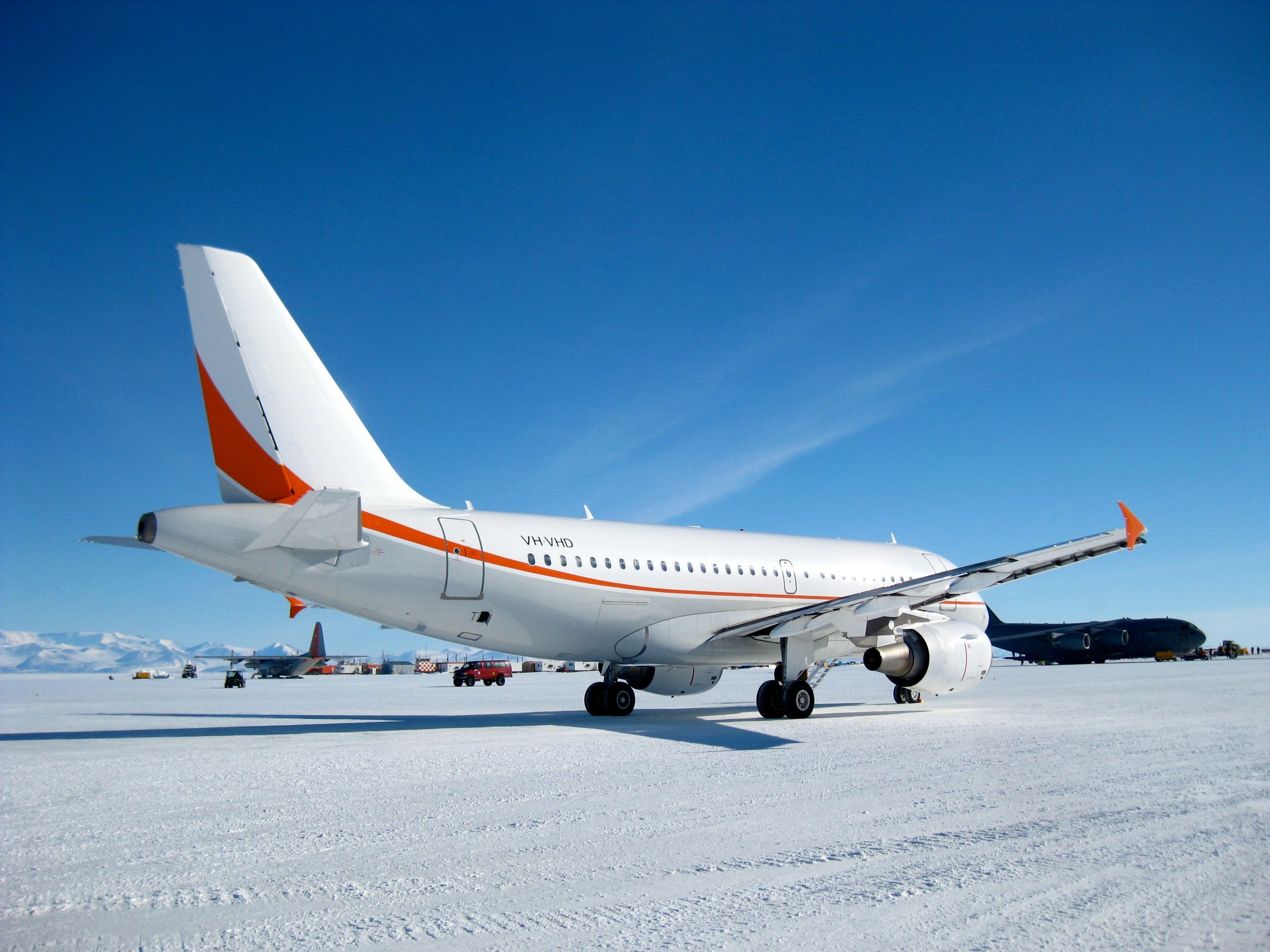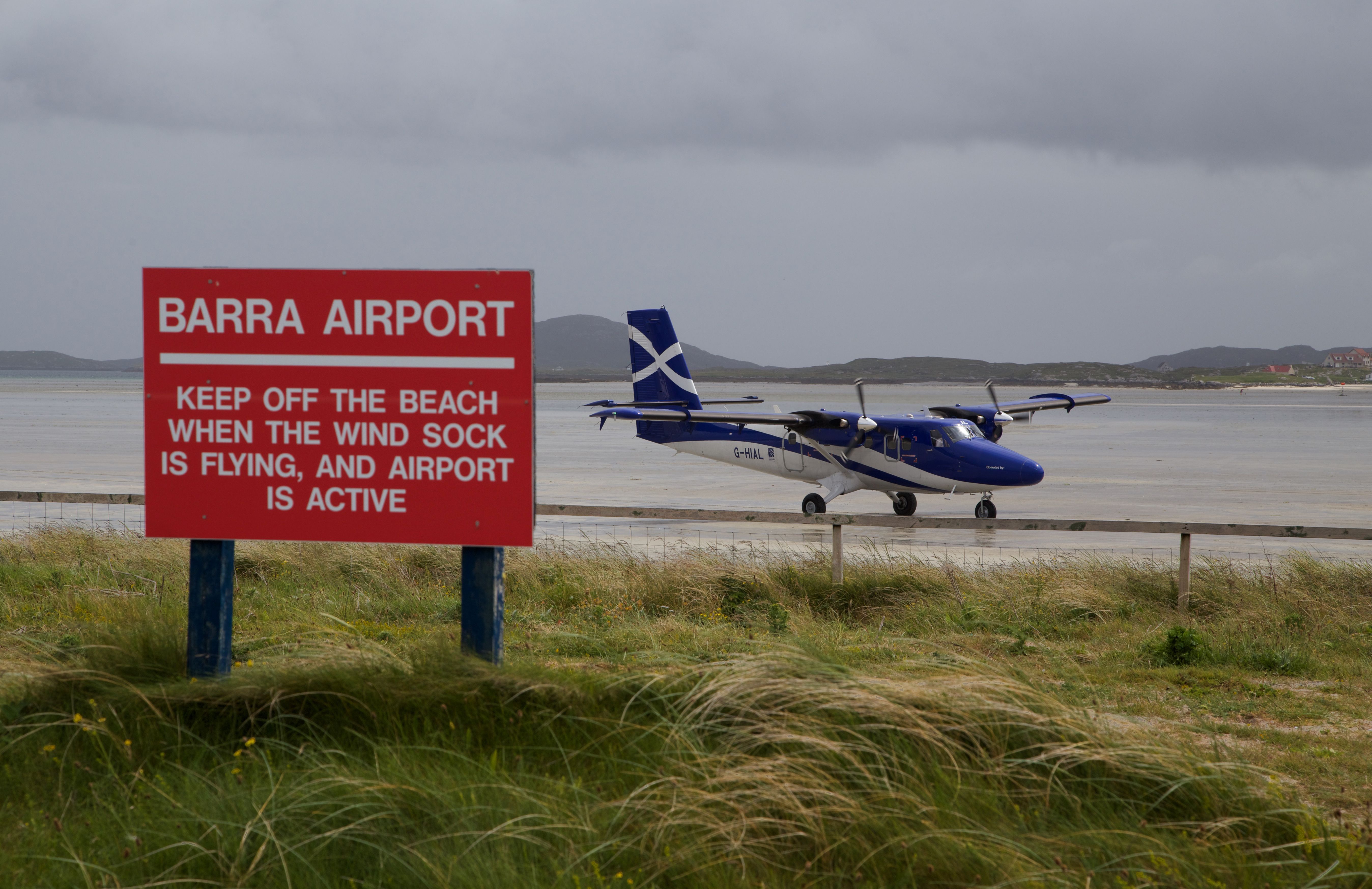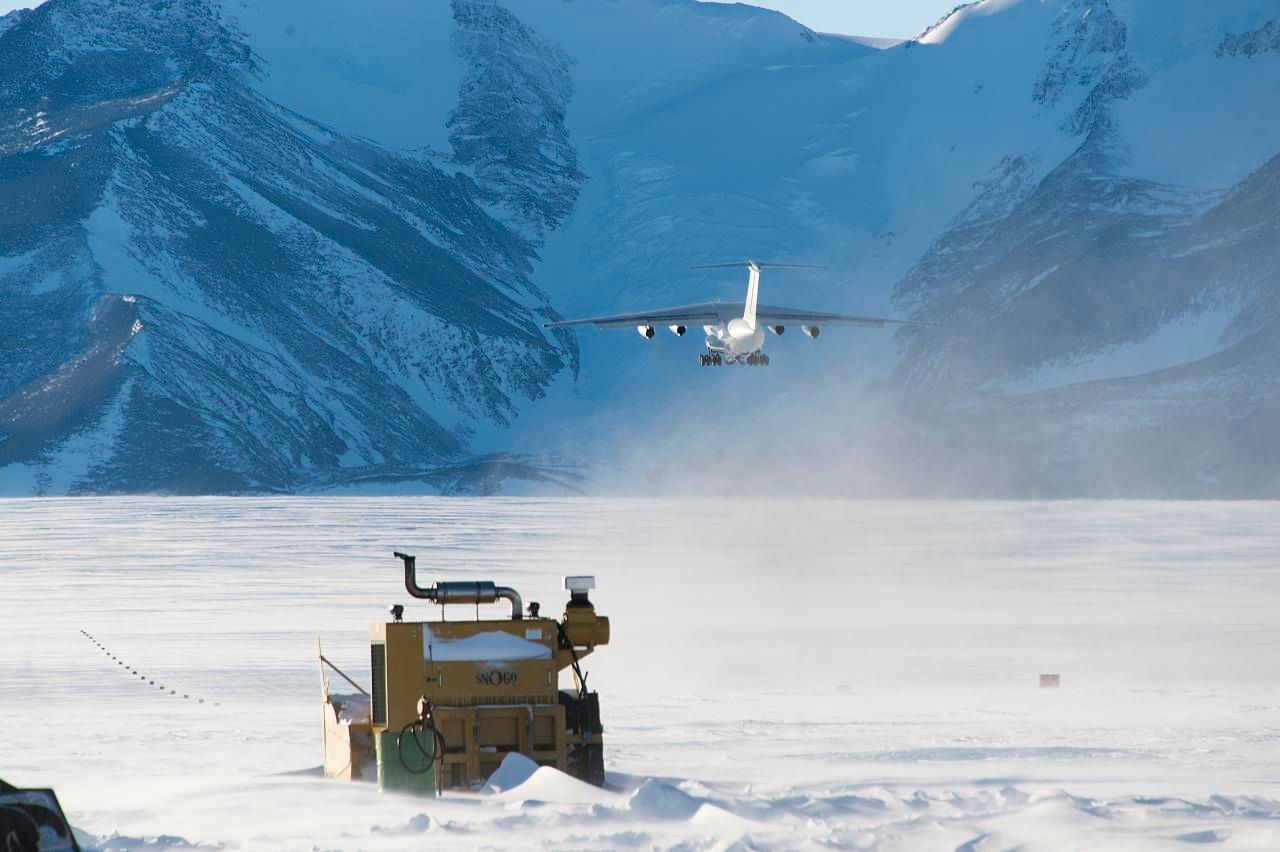Summary
- Concrete and asphalt are commonly used for paved runways, with concrete being more durable but more expensive, while asphalt is easier to repair.
- There are alternative runway surfaces like sand, grass, and ice, with sand runways only being able to accommodate small aircraft.
- Grass runways are more environmentally friendly and cost-effective, but have limitations on aircraft size and weight, while ice runways in Antarctica rely solely on reverse thrust for landing.
Concrete and asphalt are the two most commonly used materials for paved runway surfaces. They are usually grooved to increase traction and prevent aquaplaning in wet conditions. However, rubber debris from tires can build up in the grooves, so regular inspections must be carried out to ensure they remain fit for purpose.
Visually, both concrete and asphalt runways appear very similar. Yet, while concrete is more durable than asphalt, it is also more expensive. When it comes to repair work, asphalt is also easier to replace in smaller areas.
However, a variety of alternative runway surfaces also exist and are in use around the world today, including sand, grass, and ice. Together, they fall under the umbrella term 'unpaved runways,' and there are more than 8,000 unpaved runways in the US alone. Other nations with a significant number of unpaved runways include Mexico (1,471), Colombia (715), and Indonesia (487).
3 Sand
Sand runways are usually located on beaches or in deserts. The most notable sand runway in the world can be found at Barra Airport (BRR) in Scotland. At high tide, the beach runway is underwater, so flight schedules have to be adjusted to meet the low tide.
Barra Airport is currently the only sand runway to welcome commercial flights. Other sand runways, such as Copelis State Airport in the US Pacific Northwest, are in use around the world, but are reserved for private aviation. Due to the unstable surface, only small aircraft, such as the DHC-6 Twin Otter, are able to land on sand runways.
2 Grass
Paved runways became more commonplace from the 1940s onwards, when they were constructed to bear the weight of heavier military aircraft used in World War II. Prior to that, the majority of the world's runways were grass, and even today, grass remains the most common unpaved runway surface.
Grass runways come with lower construction costs than paved runways, and are also more environmentally friendly. However, they come with additional challenges such as managing increased wildlife presence, and tires can easily sink into grass runways, particularly when wet. For that reason, there are strict size and weight limitations on the aircraft using grass runways.
Grass runways are often found at small, remote airfields, although they can still be quite long. White Waltham Airfield in the UK, for example, has three grass runways, all measuring over 3,000 feet in length.
Discover more of the world's longest grass runways with this report from the Simple Flying team.
1 Ice
A network of blue-ice runways was constructed throughout Antarctica in a bid to support cargo, medical, and rescue flights for the workers at the continent's scientific bases, such as the McMurdo Station. Prior to the construction of the runways, it was only possible to reach these remote areas by ship during the summer months, once the polar ice had begun to melt.
On paved runways, a combination of brake and reverse thrust is normally used to slow the aircraft down upon landing. However, due to poor grip and the risk of skidding, aircraft landing on blue-ice runways must rely solely on reverse thrust. Ice runways must be longer to account for this. Grooves are also cut into the ice to improve grip and channel surface run-off.
Antarctica's blue-ice runways have previously handled aircraft as large as the Boeing 757 and the Ilyushin 76 TD-90.
Get the latest aviation news straight to your inbox: Sign up for our newsletters today.
Do you have experience of flying on alternative runway surfaces? Let us know by commenting below.
Source: The CIA World Factbook




